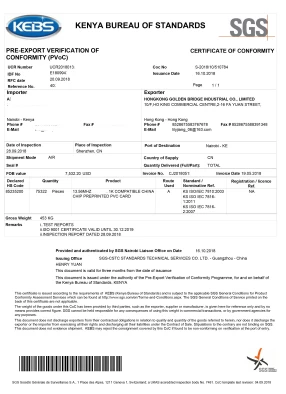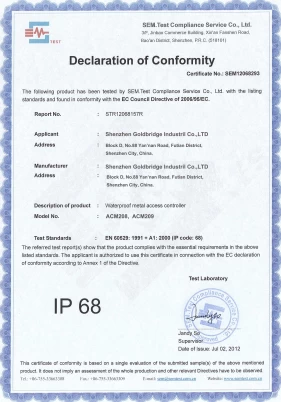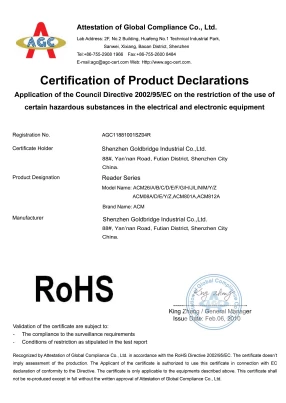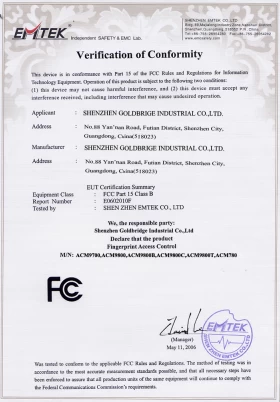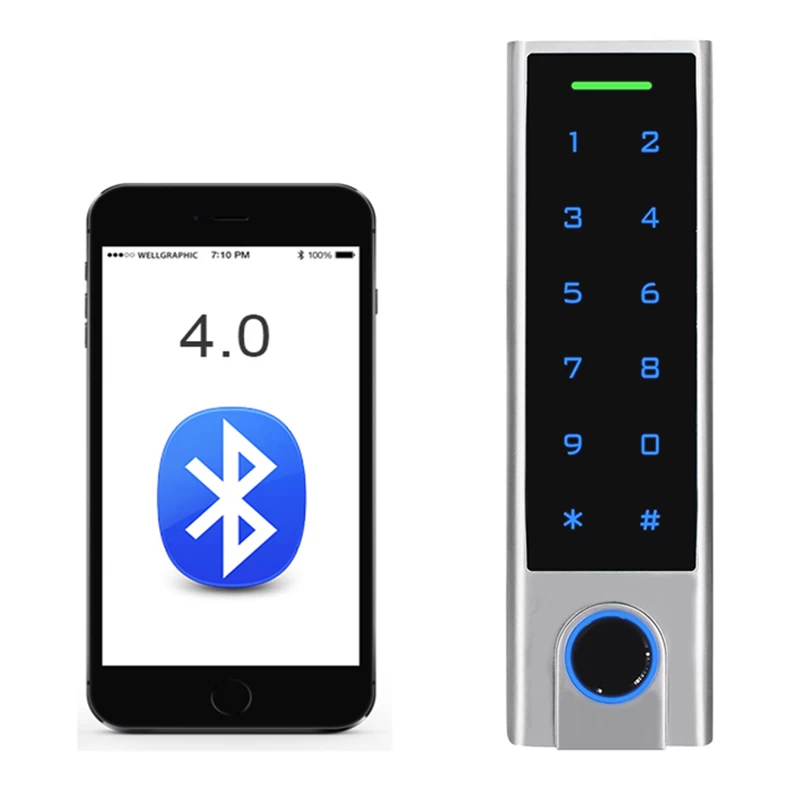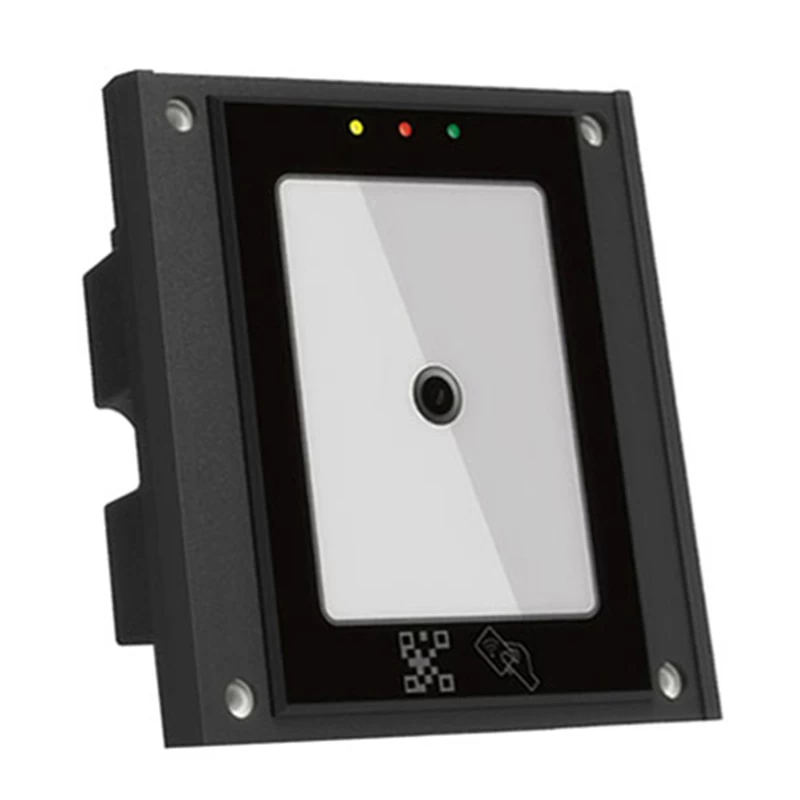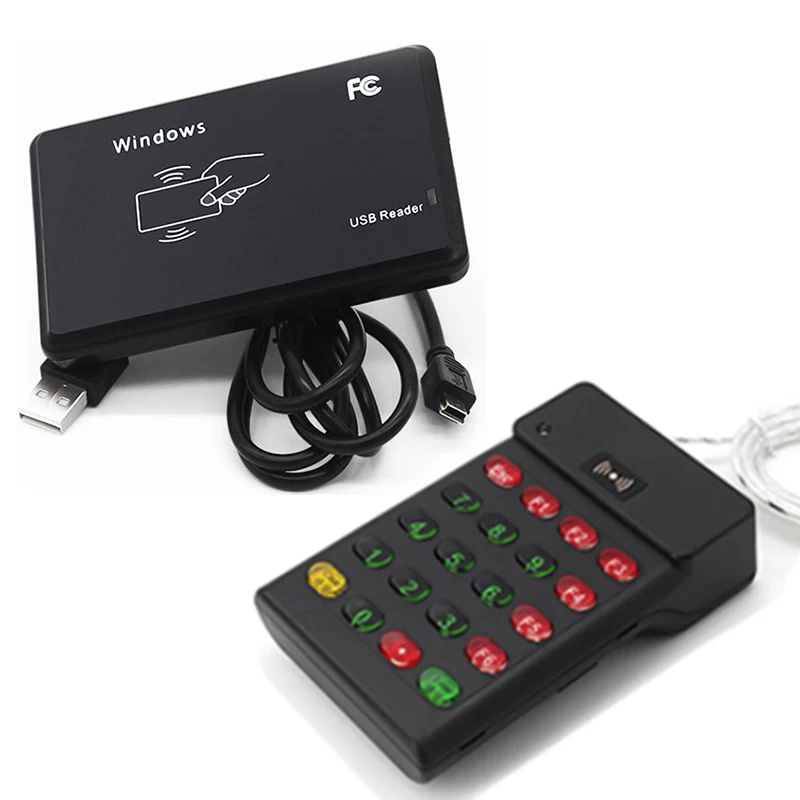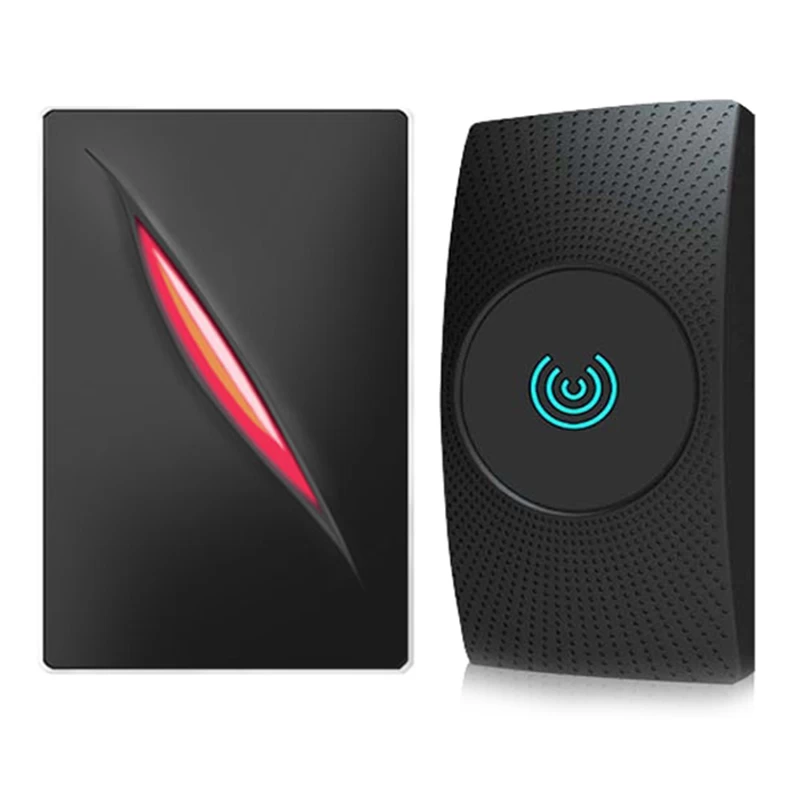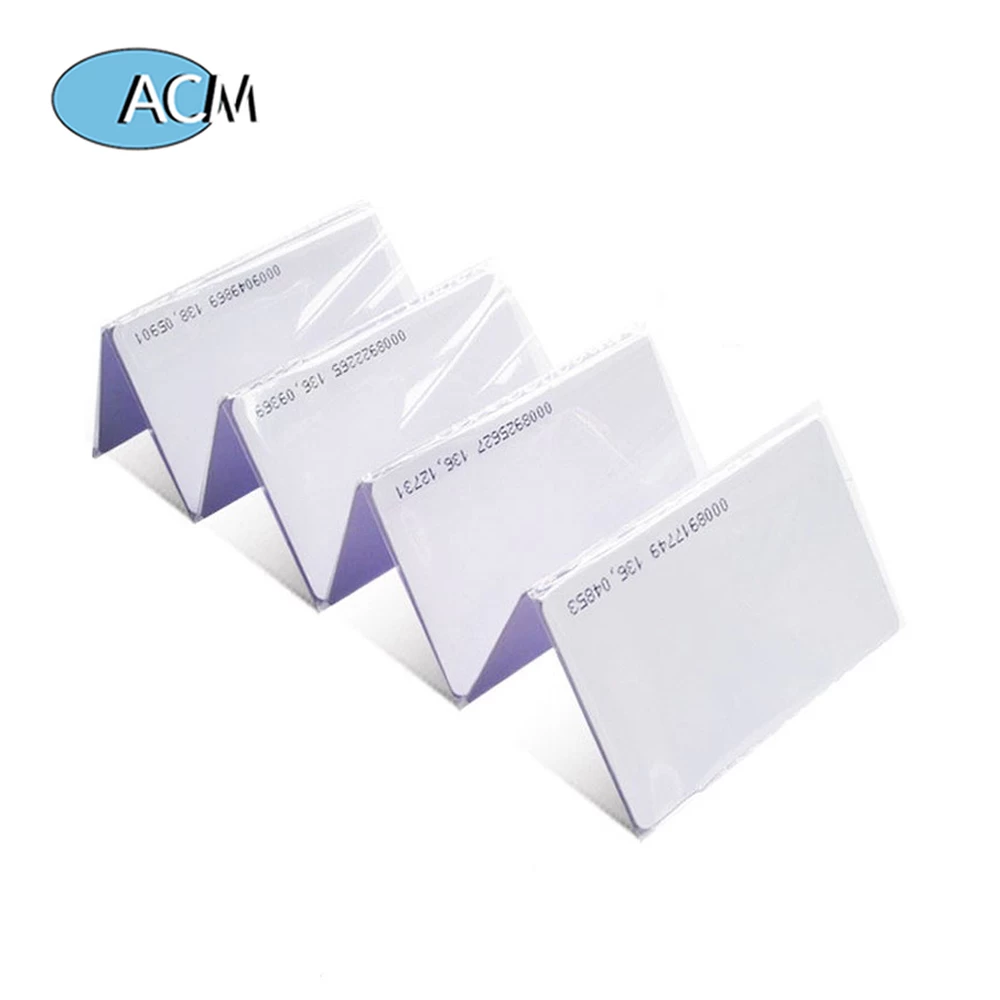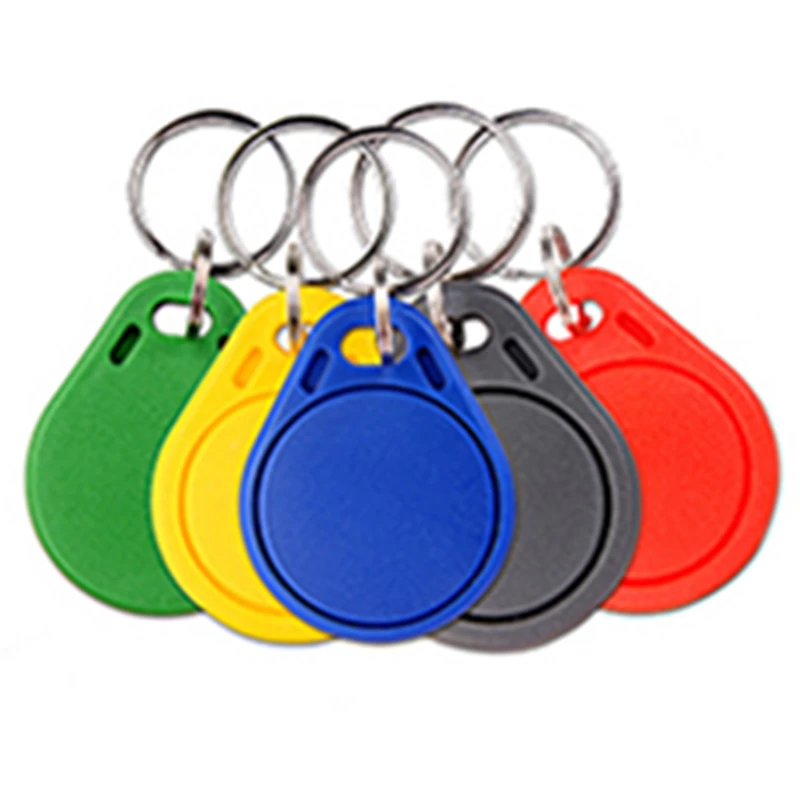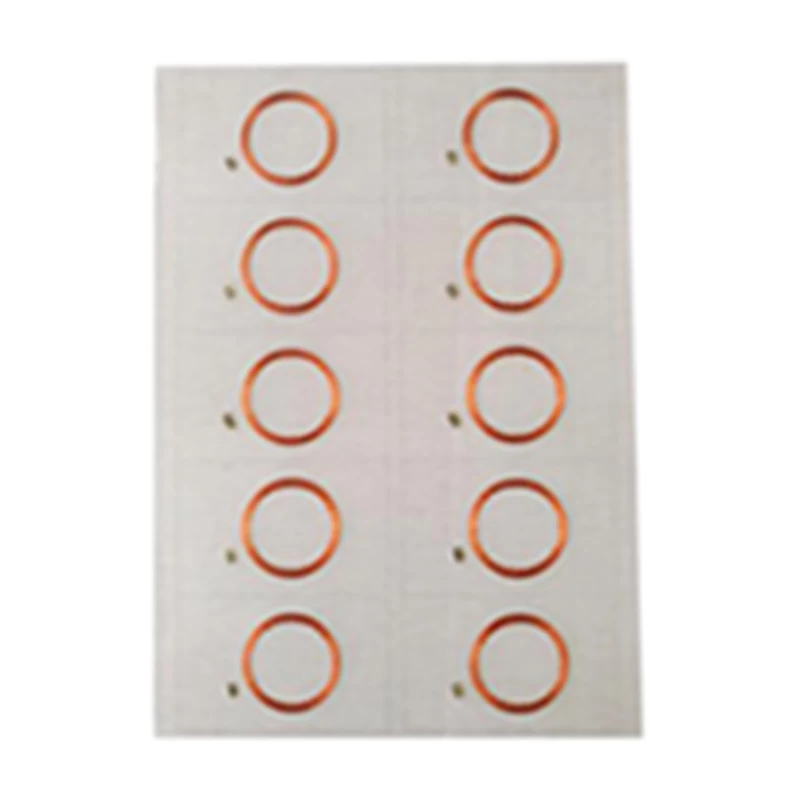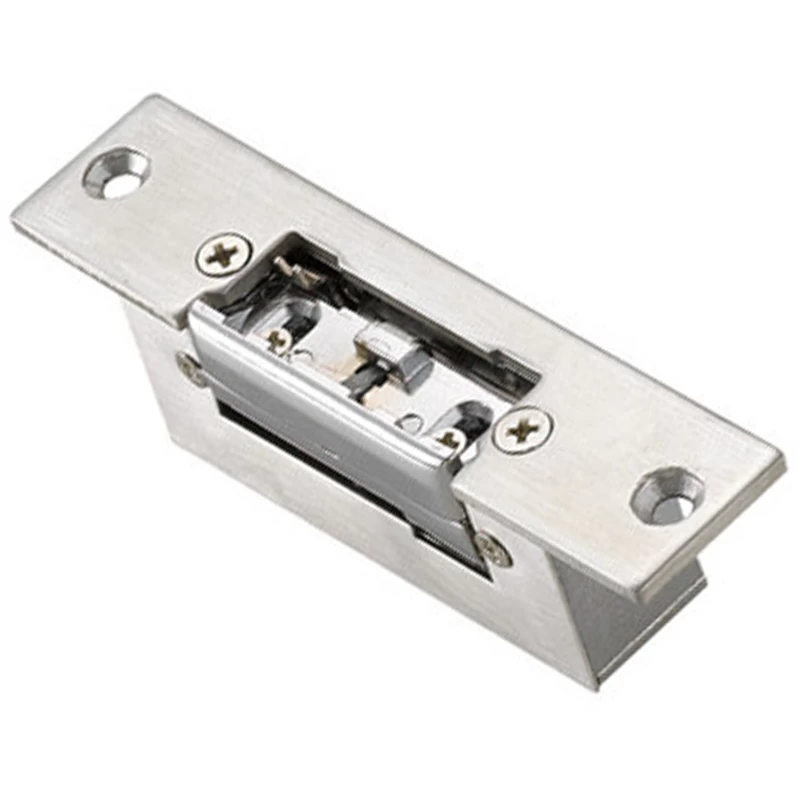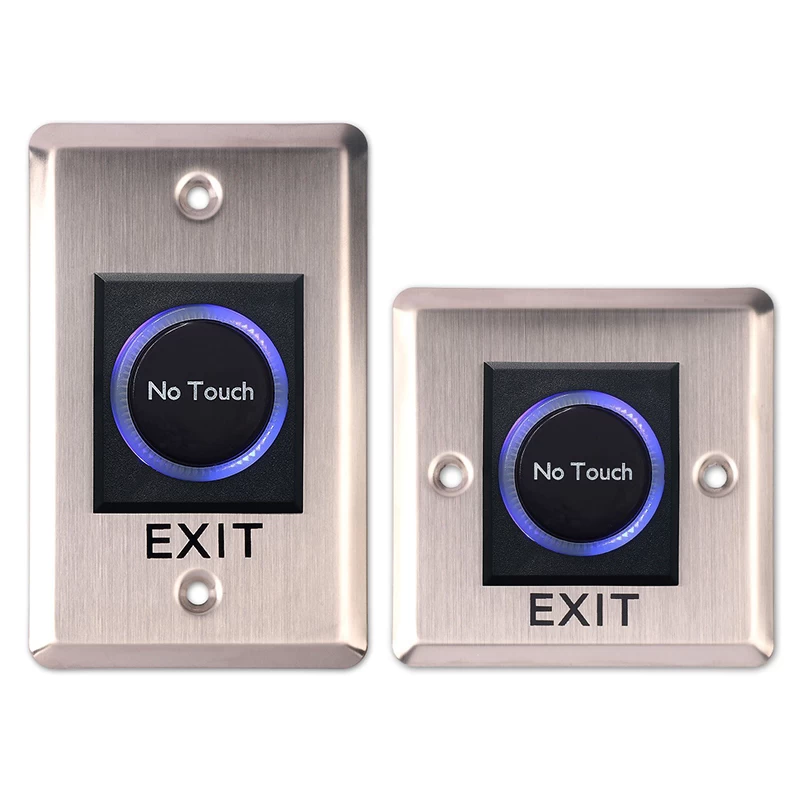The application of RFID in the retail, manufacturing and logistics industries is expected to grow in
Similar to previous years, the retail industry is expected to lead the application of passive UHF RFID technology, while the application of UHF technology in manufacturing, logistics, medical and aviation fields will continue to grow. Due to the needs of consumers, the complexity of distribution channels, and the ability of artificial intelligence (AI), machine learning (ML) and digital twin solutions to analyze large amounts of data, it is expected that RFID technology will accelerate its popularity in the future.
Adhish Luitel, an industry analyst at ABI Research, a global technology intelligence company, said the continued disruption of the supply chain—including port congestion, shipment delays, and warehouse labor shortages—further highlights the real-time traceability necessity.
By providing automated, granular visibility to identify inefficiencies, RFID enables companies to have a complete picture of their ongoing processes, including the exact time and location of any lag that may occur. This is generally achieved by automatically executing the registration process of items at each site in the supply chain. Louistel said, "This allows executives to take a more proactive approach to find solutions to avoid interference."
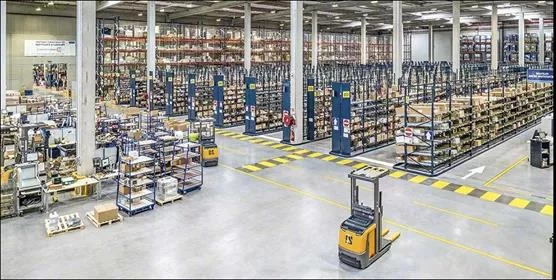
retail
A unique pressure facing the retail market is the need for fast execution. Many retailers have launched omni-channel sales plans, such as "Buy Online, Pickup in Store" (BOPIS), "Buy Online, Return in Store" (BORIS), and roadside pickup. These sales models require continuous high inventory accuracy.
With the help of RFID, each inventory operator can quickly report accurate inventory conditions to simplify and fast execution. More and more retailers are relying on RFID to improve their inventory efficiency and make their in-store inventory management process withstanding the test of the future.
manufacture
As more and more RFID tags are used in manufacturing products, supply chain visibility has extended to the original manufacturer. Some analysts said that the process of RFID tagging products is moving upstream, and RFID tags are more used at manufacturing sites and even more source places to facilitate viewing of ongoing work.
Some brands and manufacturers have begun to use RFID tags to provide authentication and tracking to verify the origin of products and the materials used in the manufacturing process. This traceability allows brands to claim their eco-fashion status, showing that they can not only trace the status of the manufacturing and logistics processes, but also the sustainability of materials, even the threads used in clothing.
logistics
By applying RFID to the transportation and storage of goods, logistics providers can manage increasingly complex supply chains. "This is very popular when shipping high-value items or large quantities of B2B orders to ensure product integrity." Louistel explained, "This can improve customer satisfaction." For example, order UHF RFID tags now, which means They can be attached not only to products, but also to handbags, boxes, pallets and containers. In this way, logistics companies can respond to orders and deliver products more effectively, thereby proving the authenticity of a specific product and the goodness of its transportation.
The advantages of artificial intelligence, machine learning, and digital twins
Although some companies have been trying to manage large amounts of data collected by IoT devices such as RFID tags, software packages that use new data technologies are offering some new solutions. Brian Kilcourse, managing partner of Retail Systems Research (RSR), said that the importance of digital twins brought about by the Internet of Things or RFID and artificial intelligence and machine learning provides value for the supply chain. .
There are a variety of solutions to help companies analyze data from technologies such as RFID to better understand what is happening in warehouses, factories, and stores. "It all boils down to the answer to the basic question-where is my stuff? The answer to this question is becoming more and more diverse. For example, fashion products are delivered directly from the manufacturing site to consumers, where consumers are There is a new demand for product information." Kirkus said.
Overall, the supply chain issues caused by the epidemic have created new demands for flexibility and transparency. According to a study conducted by IBM in 2020 entitled "Welcome to 2020 Consumers Drive Change", this epidemic has accelerated the deployment of technologies to address changes in shopper behavior. Six out of ten consumers said they would change their shopping habits to reduce their environmental impact, while 71% of consumers said that traceability is very important to them and they are willing to pay a premium for brands that provide this choice.
Kirkus recalled: "In the past, RFID generated too much non-transactional data, so that people did not know how to deal with this data. What was lacking at the time was very fast data analysis capabilities. Software such as artificial intelligence and machine learning. Tools are now working on these challenges. If you have a digital version of any physical thing like a product or a container in the supply chain, you can create and test models, and then simulate the potential results to solve a variety of challenges , From transportation obstacles to products or materials to excess inventory. Detecting individual events and matching them with recognized models is what artificial intelligence and machine learning are really good at."
According to analysts, the supply chain challenges in the epidemic era have promoted the progress of some technological development work and have exceeded previous expectations. Examples can be found in many global technology companies. For example, in September of this year, Panasonic completed the acquisition of Blue Yonder, a digital execution company, enabling the supply chain to combine artificial intelligence and machine learning with Internet of Things technology.
Other similar ones include SymphonyAI, established in 2017, to provide artificial intelligence solutions for the retail market. Relex, a global retail operations technology provider, claims to be a fast-growing company. It recently partnered with Dollar Tree, the "US dollar store", and Sephora, a global beauty retailer, to develop artificial intelligence-based retail planning solutions. Other multinational companies such as IBM, SAP and Oracle also provide retailers or enterprises with solutions to optimize their supply chains. Kirkus pointed out that these trends are nothing new. Instead, what has changed is the degree of acceleration.
Chip shortage
All these growth plans were made under the adverse effects of the global chip shortage. RFID tag chip suppliers are experiencing varying degrees of delivery delays, and this challenge may continue until 2022. In fact, chip shortages may delay some large-scale RFID deployments, at least in the short term.
"Overall, the supply of chips is in short supply." Steve Halliday, president of the RAIN Alliance, points out. The alliance is committed to promoting the application of UHF RFID technology, and RAIN is the brand name of UHF RFID products that comply with the standard. The alliance is conducting market research on the impact of chip shortages on the industry, and it is expected to be released next spring.
Chip buyers in large industries, such as automobile manufacturing companies and consumer electronics manufacturers, may see their chip supply increase first, followed by small industries such as the RFID industry. The severity of this shortage is still a problem, but it is expected to be resolved in the next few months or a year. Halliday said, "According to the resolution speed of the chip shortage problem, we will see a fluctuation point on the growth curve. However, we cannot control this point."
Regardless of the chip shortage, the demand for RFID in the medical, pharmaceutical and aerospace sectors is growing. Hospitals are using RFID technology to manage drugs and other equipment. Halliday said, "The goods are labeled at the source or at the distributor. This is a huge difference, and hospitals are increasingly interested in deploying the technology." For example, AmerisourceBergen, a global drug distributor (Root) labels are being applied so that medical industry participants can better manage the receipt and storage of medicines.
Due to the reduction in air travel in 2020 and this year, the International Air Transport Association (IATA) proposal on all air baggage RFID tags has been postponed. However, now that air travel has resumed, it is expected that airlines will use RFID more in the future. Halliday said that unmanned stores also need automated inventory management and point-of-sale technology. For example, Japan is striving to create smart convenience stores. It is estimated that by 2025, smart convenience stores will need 100 billion tags each year.
Halliday said: "We need to pay attention to all these things. As a whole, we are increasingly focusing on the consumption of things that are economical and environmentally friendly." With this in mind, the RAIN alliance program began with software vendors on the RAIN brand RFID technology. Start a conversation with the use of AI, ML, and digital twin solutions. In addition, the alliance is working hard to produce a five-minute instructional video to train users on the basic principles of the deployment and use of the technology.


